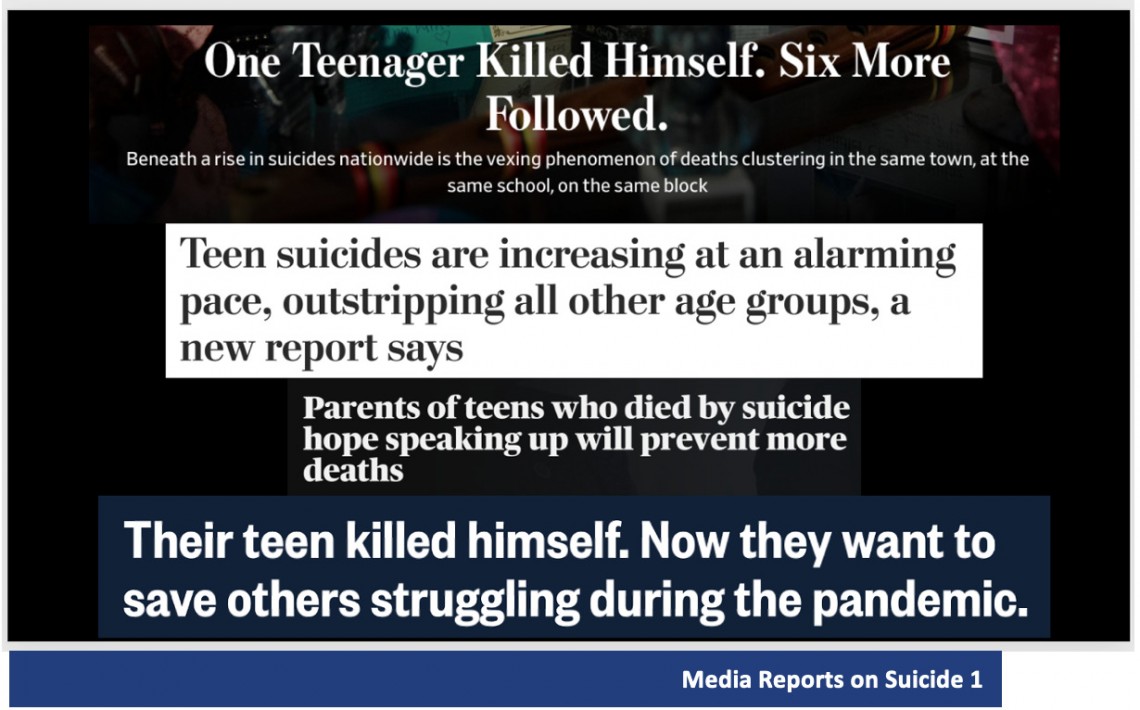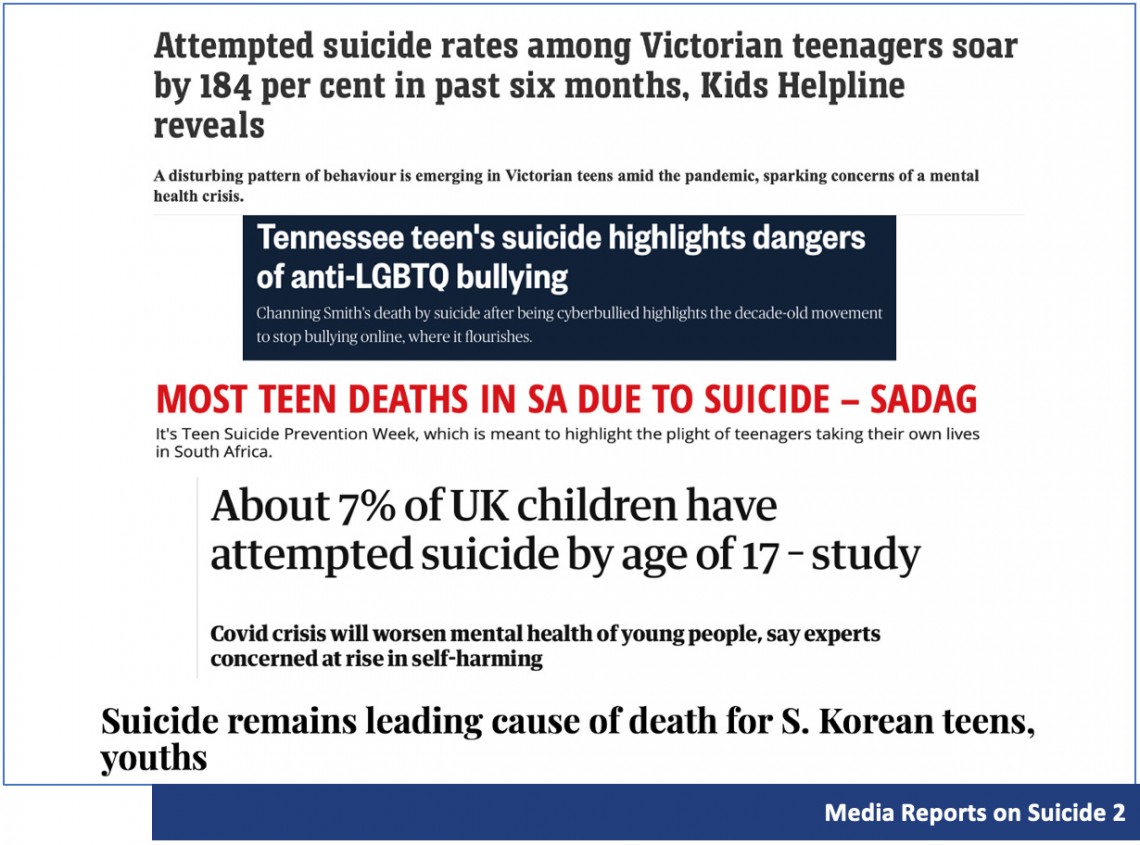The Impact of Patient Suicide on Child and Adolescent Mental Health Professionals
By Zheala Qayyum, MD MMSc
Boston Children’s Hospital and Harvard Medical School
The death of a patient by suicide comes with a jarring suddenness for which no clinical professional can fully prepare. The odds of enduring such an experience are growing. Having taken care of many young patients for several years in acute care settings and emergency rooms, it is still a shock to hear about the adolescent I cared for over multiple hospitalizations for suicide attempts, dying of completed suicide, or the young person I saw for anxiety and depression in the context of difficult peer relationships, taking their own life after yet another peer rejection.
Suicide in adolescents and young adults is increasing, which means that mental health clinicians who provide care and support for these youth are at greater risk of such a loss. And this is indeed a loss, that brings with it not only shock, grief, and sadness, but a lot of shame, guilt, and self-doubt. It feels like a blow to a clinician’s sense of competence and confidence. Those who lose a patient start second guessing their clinical decisions, become tentative and anxious, especially around documentation of risk assessment.
The suicide of a child or adolescent is made more complicated by the added layer of grief over a life largely unlived, potential unmet. It also magnifies a sense of helplessness feeding the perception that treatment failed this young person so early on in his or her life.

Though a patient’s suicide has been described as an occupational hazard for all who work in mental health, the training of mental health professionals offers little guidance on what do in the event of a patient suicide. Often mental health professionals and particularly trainees in the field, find themselves with no support or guidance in such instances. Sometimes cultural factors inhibit open discussions about the reality of suicide. Often societal stigma about death from mental illness limits discussion. But so, too, does the shame and guilt experienced by the individual practitioner’s and
the profession’s largely unspoken expectation of a wall of silence.
There is a societal expectation that clinicians should be able to predict and prevent all suicide, that even one suicide is one too many. However, if the bar is set at zero suicides, any that happen feel like failure. That somehow the clinicians failed in their duty or responsibility towards this patient, or it’s something they did or didn’t do that contributed towards this outcome. It is true that in many instances suicide is preventable. The risk factors for suicide, however, are complex. They range from serious mental health issues and lack of access to treatment to ongoing psychosocial stressors such as family turmoil, loss of relationships, academic issues, isolation and, especially in adolescents – impulsivity.

Most clinicians must endure the loss and grief of a young patient’s suicide alone. They may also experience familial grief and at times, anger, directed towards them. These are but two reasons the support from peers and their institutional clinical team is so important. It can help minimize the immense burden of responsibility clinicians feel.
Consider the parallel world of physical illness. Typically, chronic medical illnesses and terminal illnesses warrant open discussions with the patient and the family about what to expect, the course of treatment and the prognosis of the disease. Yet such discussions often are more muted in the case of psychiatric illness. Suicide is rarely discussed as a possible outcome of the natural progression of mental illness. Hence the death of a patient by suicide is experienced differently than death due to medical illness. And yet terminal illness in psychiatry, though hard to fathom, does exist. It is even harder to fathom in the case of children and adolescents, for whom we constantly holding out hope. And so, the most dire outcomes are pushed from family treatment discussions.
It is incumbent on us as mental health professionals to support our peers and seek support ourselves to minimize the shame, guilt and isolation that accompany the suicide of young patients. Death is part of what we experience when we are treating people. This death has to be owned by the system as a whole and the blame not placed on certain individuals, because the reasons why we can and can’t hospitalize at-risk patients, how long we can keep them safe, how we can best support the youth in the community and help build resilience are all far bigger than the few people who are directly providing care for the patient. It is important to remember that, so that mental health clinicians don’t have to grieve alone.
References:
Al-Mateen CS, Jones K, Linker J, O’Keefe D, Cimolai V. Clinician Response to a Child Who Completes Suicide. Child Adolesc Psychiatr Clin N Am. 2018;27(4):621-635.
Qayyum Z, AhnAllen CG, Van Schalkwyk GI, Luff D. “You Really Never Forget It!” Psychiatry Trainee Supervision Needs and Supervisor Experiences Following the Suicide of a Patient. Acad Psychiatry. 2021;45(3):279-287. doi:10.1007/s40596-020-01394-8
Gulfi A, Dransart DAC, Heeb JL, Gutjahr E. The impact of patient suicide on the professional reactions and practices of mental health caregivers and social workers. Crisis. 2010;31(4):202–10

